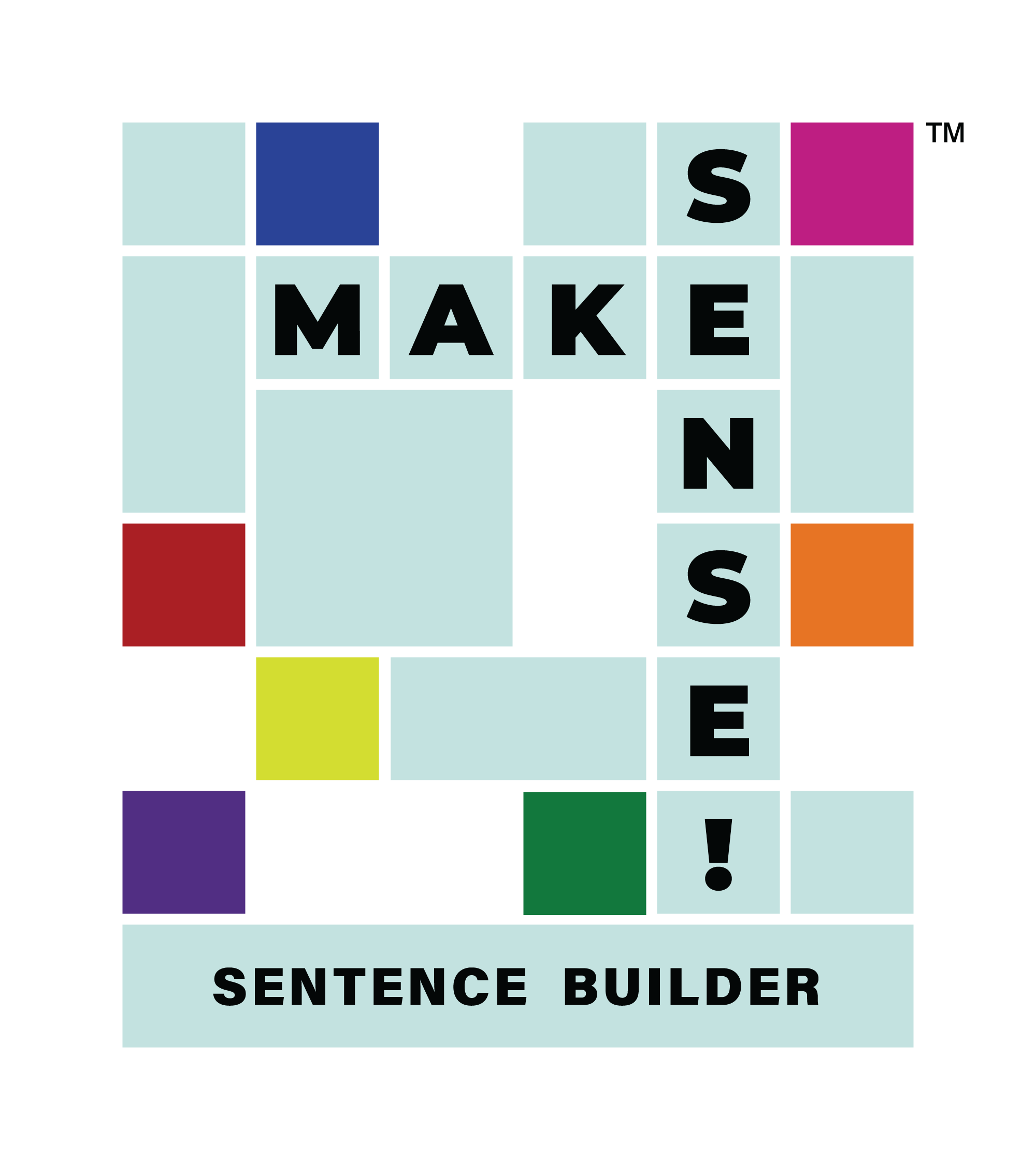The Pedagogy

It’s not all fun! Our many years of instructional design experience helped to make sure the games satisfied educators’ standards.
Inform the design with brain science. Make Sense! uses cognitive science. The games give back to ESL students the powerful pattern-learning part of the brain lost to language learning after early childhood. We have long believed language is learned in ”chunks” so why not teach syntax in logical segments?
Use Constructivism. Play to learn, learn to win. The experiential and gaming movements in education have demonstrated people remember more clearly new material learned through activities that use learner agency. You know better what you make, and less well what you are told. All games require mental rehearsal of possible sentences and reviews of syntax grammar rules and conventions.
Tap the benefits of peer-coaching. Students monitoring each other in play is a very successful way to reinforce syntax rules. Students routinely correct and direct each other in the application of knowledge during play, to the benefit of all – including the teacher!
Meet the learner on the learner’s territory. These are not “game-ified” exercises, but real games using skill and chance, tactics and strategies. As such they appeal to a generation of learners used to simulations and ‘serious games’. Hundreds of hours of playing have been used to create representative content and sound rules for gaming.
Make the practice environment resemble the performance environment. ‘Language-ing’ is social and needs community. Cumulative syntax is a generative process and should be taught by generative, not deductive, methods. The speed at which games are played can accelerate over time, to eventually achieve the spontaneity of natural speech.
